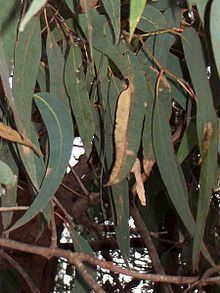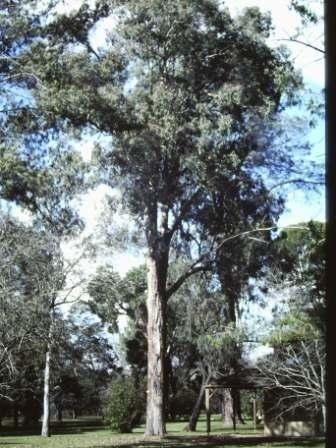Genus Eucalyptus Rank Species | ||
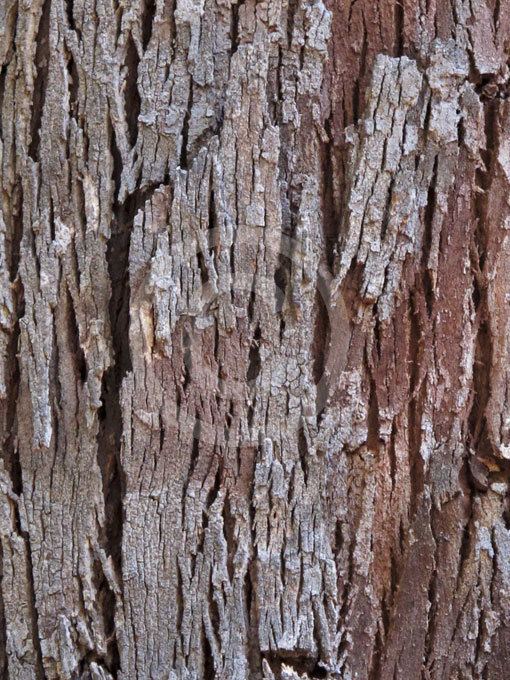 | ||
Similar Eucalyptus eugenioides, Eucalyptus miniata, Eucalyptus globoidea, Eucalyptus muelleriana, Eucalyptus bosistoana | ||
Eucalyptus longifolia, known by the common name woollybutt, is a tree of the myrtle family myrtaceae native to eastern Australia. It has thick, fibrous bark usually colored light gray and white, and long narrow grey-green leaves. The drooping flowerheads in groups of three are a distinguishing feature. It grows in heavy soils often near water.
Contents
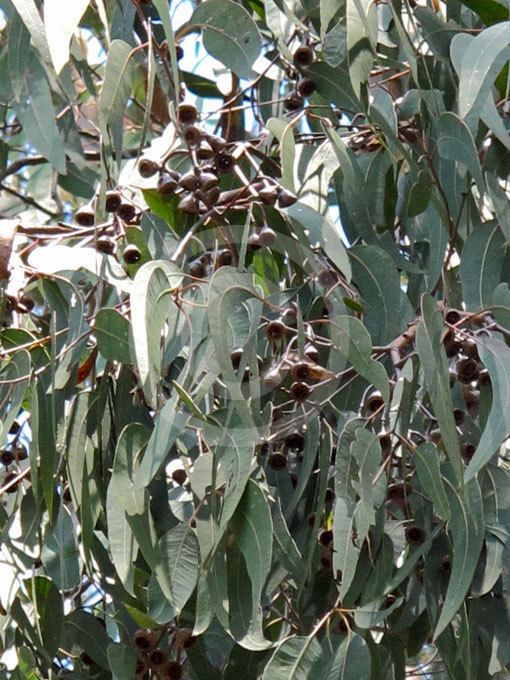
Taxonomy
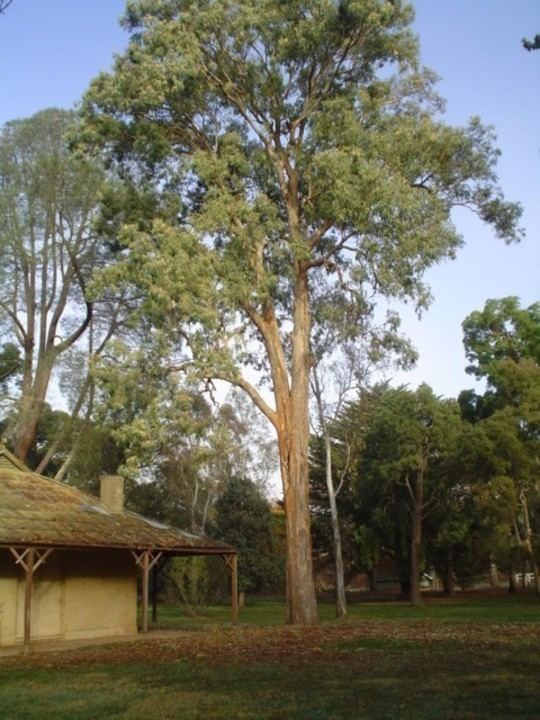
The woollybutt was described by German naturalist Johann Heinrich Friedrich Link in 1822. The specific epithet is the Latin words longus "long" and folium "leaf". Within the genus Eucalyptus, it belongs in the subgenus Symphyomyrtus. The term woollybutt relates to the bark.
Description
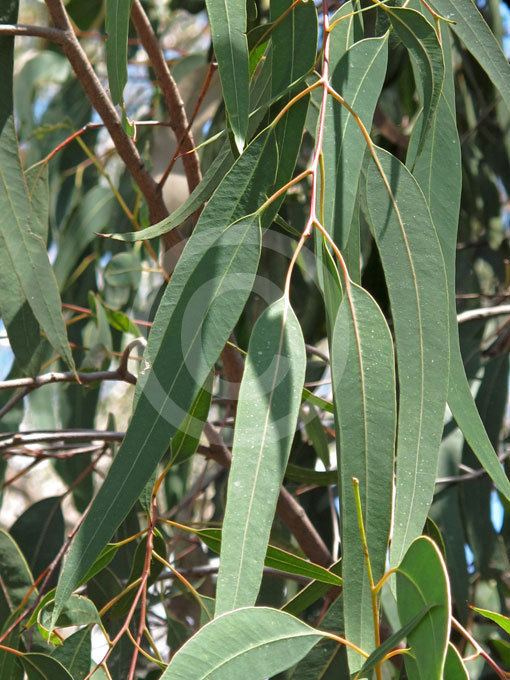
Eucalyptus longifolia grows as a tall tree to 35 m (100 ft) high, with a trunk diameter attaining 1 m (3 ft). The long narrow leaves are lanceolate (spear-shaped) and measure 10–25 cm (4–10 in) long and 1.5–2.6 cm (0.6–1 in) wide. They are a uniform grey-green or blue-green in colour. The white flowerheads are arranged in groups of three, and droop.
Distribution and habitat
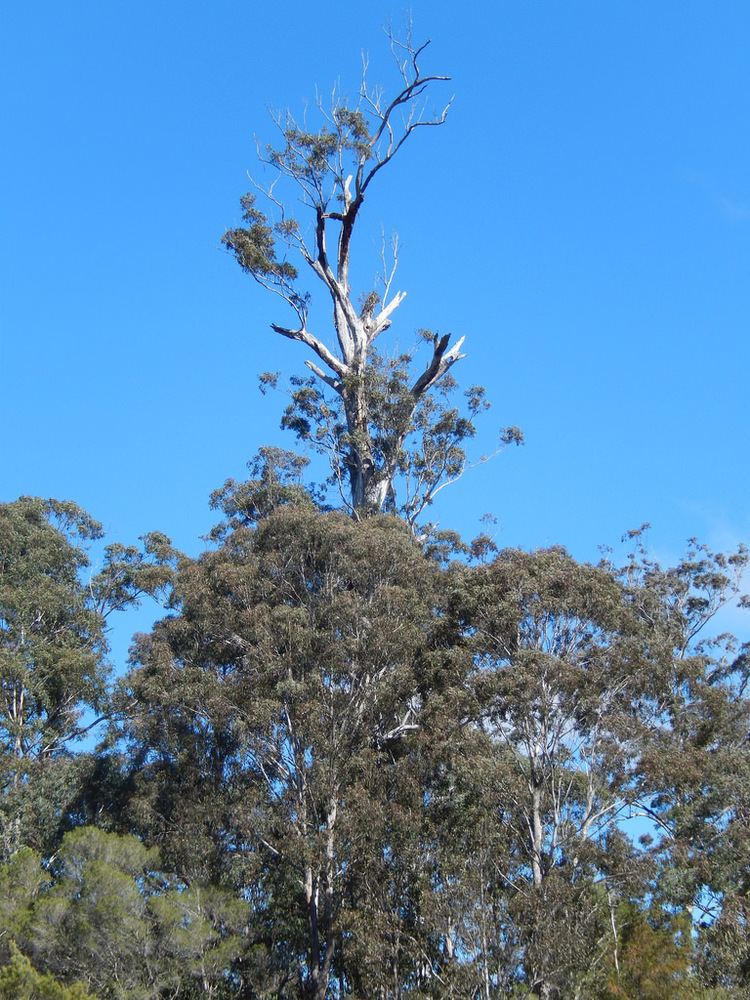
The range is from Morisett in central New South Wales south to the Victorian border. In the north of its range it is more scattered in its distribution, but becomes more common south of Nowra to Bega. It generally grows on clay soils and floodplains, sometimes in areas with poor drainage, in valleys and low areas. In open sclerophyll forest, it grows alongside such trees as white mahogany (E. acmenoides), grey box (E. moluccana), forest red gum (E. tereticornis), and rough-barked apple (Angophora floribunda), while in swampy areas it is found with swamp mahogany (E. robusta) and paperbark species such as snow-in-summer (Melaleuca linariifolia), prickly paperbark (M. styphelioides) and swamp paperbark (M. ericifolia).
Ecology

The woollylbutt can regenerate via epicormic buds if its crown is damaged by bushfire. Trees live for over a hundred years. Along with many bird species the Grey-headed Flying Fox (Pteropus poliocephalus) and Little Red Flying Fox (P. scapulatus) feed on nectar produced by the woollylbutt flowers. The longhorn beetle species Paroplites australis has been recorded from the woollylbutt.
Uses
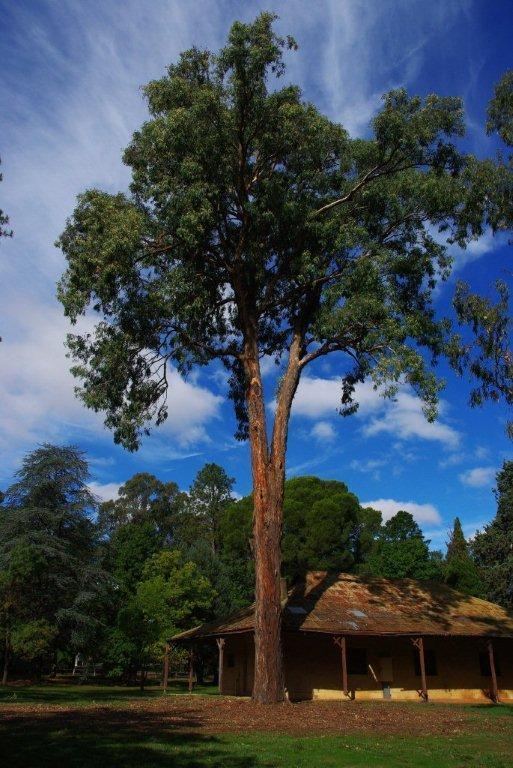
The dark red timber is hard and resistant to water, and termites. It has been used in railway sleepers and other general construction. The woollybutt is also important in beekeeping and the honey industry. It is useful as a shade tree or windbreak in paddocks, but grows too large for the average garden.
